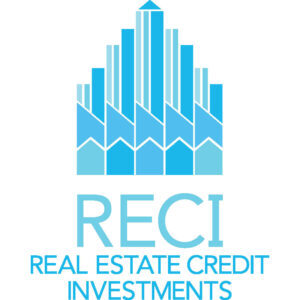Commercial real estate may be navigating rising costs and economic headwinds, but sharp investors are positioning themselves for a strategic rebound. As property values drop and interest rate cuts loom, momentum is building around high-impact trends that could reshape the CRE landscape in 2025.
Despite a backdrop of rising energy expenses, persistent office vacancies, and economic ambiguity, commercial real estate (CRE) investors are signalling confidence in the sector’s future. A recent TD Bank survey of over 200 industry professionals reveals a strategic optimism: 76% anticipate that falling commercial property values will unlock new investment opportunities in 2025.
Interest rates are firmly in the spotlight as investors assess the year ahead. More than half (52%) of respondents pointed to potential rate cuts as the most influential factor for the CRE market this year. In contrast, only 14% considered political or regulatory changes from a new presidential administration to be a leading concern. While material costs are expected to climb—70% of those surveyed predict increases—the impact on development decisions appears muted, with just 32% viewing it as a deterrent to future investments.
Investor enthusiasm is also being fuelled by shifting workplace dynamics. The widespread adoption of return-to-office mandates is transforming demand for commercial spaces. A notable 68% of CRE professionals believe these mandates will be the most consequential business decision for the sector in 2025. Though the traditional office model is unlikely to return in full force, there’s a growing expectation that mixed-use developments will set the pace, with 68% forecasting them as the dominant format going forward.
According to Hugh Allen, Head of U.S. Commercial Real Estate at TD Bank, the focus is now on creating workspaces that offer more than just desks. Enhanced amenities—such as in-office gyms, larger break areas, and communal cafeterias—are becoming part of the equation as investors adapt to evolving employee preferences and the demand for purposeful spaces.
The picture is more complex in residential construction. Although the majority of professionals foresee cost pressures continuing in housing materials, views are split on the consequences. While 38% anticipate steady investment regardless of inflationary trends, 32% believe rising costs could restrain new development. A consensus is forming around the idea that higher interest rates may be here to stay, reinforcing the need for careful timing when planning acquisitions and builds.
Beyond core property trends, innovation and sustainability are emerging as decisive investment themes. Predictive analytics is leading the charge, with 60% of professionals identifying it as the top technological disruptor in 2025. Smart buildings and environmentally conscious designs are also on the rise. In total, 55% of respondents believe that intelligent infrastructure and sustainability efforts will drive the most impactful changes in the CRE sector this year.
However, there’s uncertainty around how evolving environmental regulations might influence these initiatives. Nearly a third of investors (30%) highlighted government-led environmental standards as the defining factor shaping sustainability strategy—underscoring the delicate balance between innovation and compliance.
Looking ahead, the CRE sector stands at a dynamic intersection of value-driven investment, tech transformation, and adaptive workspace strategies. Investors are not ignoring the risks, but they are recalibrating and preparing to seize the openings created by economic shifts, regulatory developments, and changing occupant expectations.
Real Estate Credit Investments Limited (LON:RECI) is a closed-end investment company that specialises in European real estate credit markets. Their primary objective is to provide attractive and stable returns to their shareholders, mainly in the form of quarterly dividends, by exposing them to a diversified portfolio of real estate credit investments.



